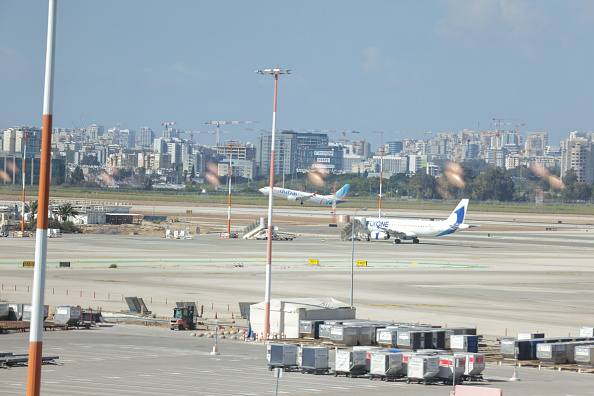Africa’s busiest airports by passenger seat capacity for June 2025 have been revealed, with no Nigerian airport making the top ten list. Despite Nigeria’s status as a major aviation market, airports in Egypt, South Africa, Ethiopia, Morocco, and Kenya dominated the rankings, highlighting regional disparities in infrastructure, traffic handling, and operational efficiency.
The ranking was led by Cairo International Airport, followed by Johannesburg O.R. Tambo International Airport and Addis Ababa Bole International Airport. Other airports in the top ten include Mohammed V International Airport in Casablanca, Houari Boumediene Airport in Algiers, Cape Town International Airport, Jomo Kenyatta International Airport in Nairobi, Marrakesh Menara Airport, Tunis–Carthage International Airport, and Hurghada International Airport.
Despite robust travel demand across Africa, Nigerian airports were notably absent from the continent’s top-performing aviation hubs, raising concerns about capacity, competitiveness, and infrastructure in West Africa’s most populous country.
Regionally, North African airports dominated seat capacity with 40.7%, followed by Eastern Africa at 23.0%, Southern Africa at 18.9%, and Central and Western Africa combined at just 17.4%.
Intra-African route capacity saw a slight increase of 0.1% in June 2025 compared to the same period in 2024, driven by route expansions, aircraft upsizing, and new network deployments. Meanwhile, total seat capacity across Global Africa declined by 3% year-on-year.
African airlines accounted for 52.4% of international seat capacity (regional and intercontinental) as of April 2025, while non-African carriers represented 47.6%. In actual traffic terms, African carriers handled 49% of international passengers, while non-African airlines handled 51%. For intercontinental routes, African carriers held only 35.3% of traffic compared to 64.7% by non-African operators.
Passenger traffic across the continent is projected to grow significantly, reaching 113 million in 2025—a 15.3% increase from 98 million in 2024—showing resilience in the face of economic challenges. Year-on-year growth in Revenue Passenger Kilometres (RPKs) rose by an estimated 6% in May 2025, with Available Seat Kilometres (ASKs) up by 2% in the same period.
In terms of intra-African connectivity, the 3rd and 4th Freedom traffic rights each represented 39% of seat capacity as of June 2025, while 5th Freedom operations accounted for 22%.
Cargo operations remained vital, with Eastern Africa commanding 30% of the continent’s total air cargo market. Exports outpaced imports in most sub-regions, except in Southern, Western, and Central Africa, where import volumes remained higher.
Passenger revenue growth also remained strong. African airlines recorded a 19% increase in passenger revenues in April 2025 compared to the same month in 2024, reflecting the industry’s growing momentum despite infrastructure and regulatory gaps in some markets.













